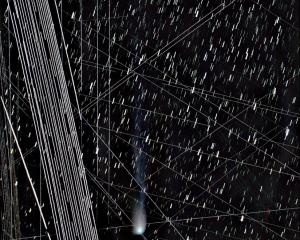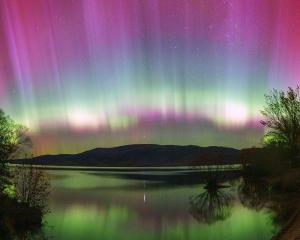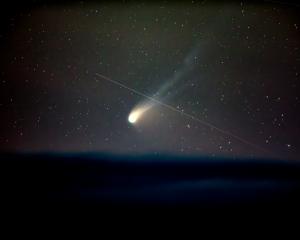
One of my greatest pleasures is sitting on my deck after sunset, scanning the northwestern sky with binoculars and watching the stars setting behind the ridge of Mt Cargill.

This week, Jupiter dominates the northwestern sky after sunset. The largest planet in our solar system is, by far, the brightest object on view as darkness falls. Using binoculars, I can easily see the planet’s four major moons; the nightly change in their positions relative to Jupiter is always fascinating to watch.
Jupiter is moving through the rather indistinct constellation Aries, which is named to honour the ram whose golden fleece inspired the voyage of Jason and the Argonauts.
Above Jupiter is a very distinct pentagon of stars. To ancient stargazers, this pentagon represented the head of Cetus, the sea monster. According to legend, Cetus was sent to devour Andromeda but was turned to stone when it gazed upon the head of Medusa, held in the hands of Perseus.
The brightest star in the pentagon is Menkar, an orange-red giant star some 250 light years from Earth.
There’s another planet in Aries at the moment, which might, just, be visible if you have excellent eyesight.
Uranus, the seventh planet from the sun, is about 11 degrees from Jupiter. The easiest way to find it is to use the star cluster Matariki (also known as the Pleiades) as a guide.
This week, Uranus is approximately mid-way between Matariki and Jupiter. If you can’t see it with your naked eye, use binoculars.
The planet stands out because of its unusual and distinctly blue-green colour caused by methane gas in its thick atmosphere.










